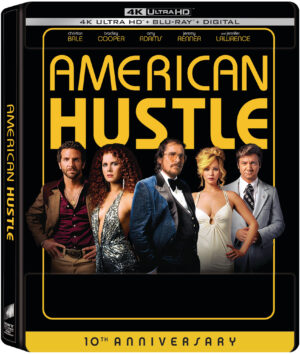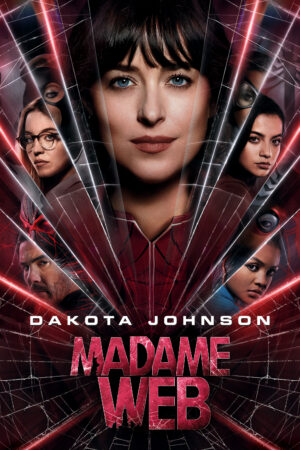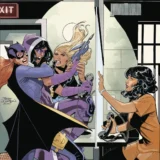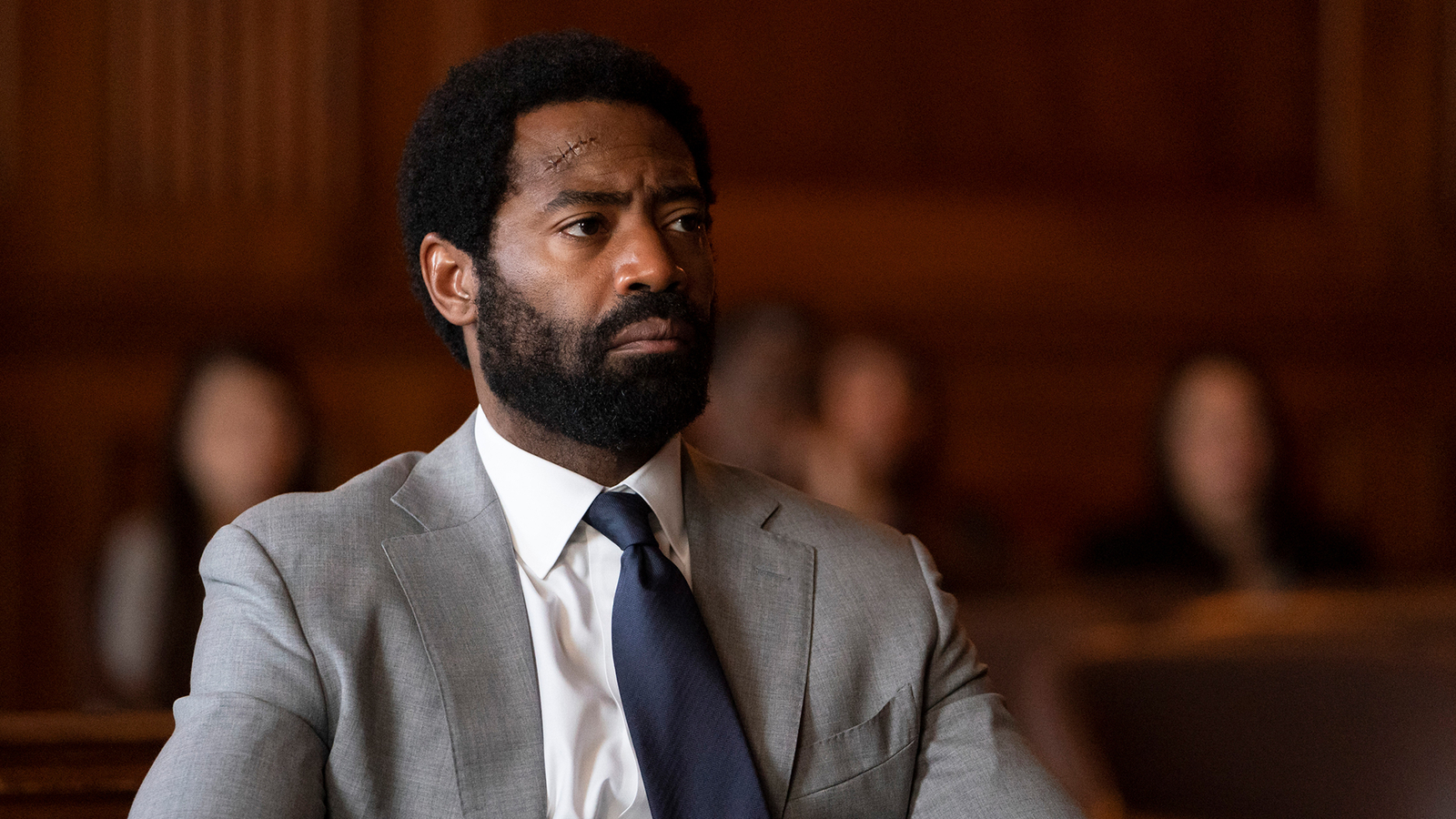REVIEW: Young Hag and the Witches Quest
Young Hag and the Witches Quest
By Isabel Greenberg
272 pages/Amulet Books/$24.99

The Arthurian legends wax and wane through the years and 2024 is shaping up to be a year of revival. Specifically, on Tuesday, Lev Grossman’s new novel The Bright Sword, will tell of the days after Camelot fell. It follows the May release of this charming and witty graphic novel, also set in the years after Arthur.
The legend has morphed and changed and been retconned since the first stories were set in print. Some know the tales first from Disney’s 1963 Sword in the Stone and Theodore White’s Once and Future King. Others know it from the BBC young adult series Merlin or, more likely, Monty Python and the Holy Grail or its Broadway adaptation Spamalot. As a result, conflicting details have emerged giving contemporary writers license to be freewheeling with the various sources of material.
Here, Greenberg, a British creator who has been telling fanciful stories for years, tackles a generation after Arthur. Young Hag arrives to complete the required Mother, Maiden, and Crone triumvirate, and we discover that the Ancient Crone is an aged Morgan le Fay. As they journey across England, stories are told, cleverly filling readers in on what came before. Or at least the broad strokes. It’s interesting to see what was kept, what was ignored, and what was modified.
It’s a time when the magic, like Arthur, has gone, but the wicked remain. Babies have been stolen, and changelings have been left in their place. Young Hag is determined to help a few who have been victimized. This leads them to the Goblin Market, and from there, we are off and running.
I personally find Greenberg’s art very off-putting, spoiling my enjoyment of the clever writing and sharp dialogue. She does an excellent job with her characters and leavens the drama and action with wry humor.
The storytelling is wonderful, coupled with a fine limited color palette.
Greenberg nicely takes her time telling the story, letting it breathe and providing the scope an epic quest deserves. This will be a welcome book for young adults who know nothing about the Knights of the Round Table or are curious about what happens next.




















